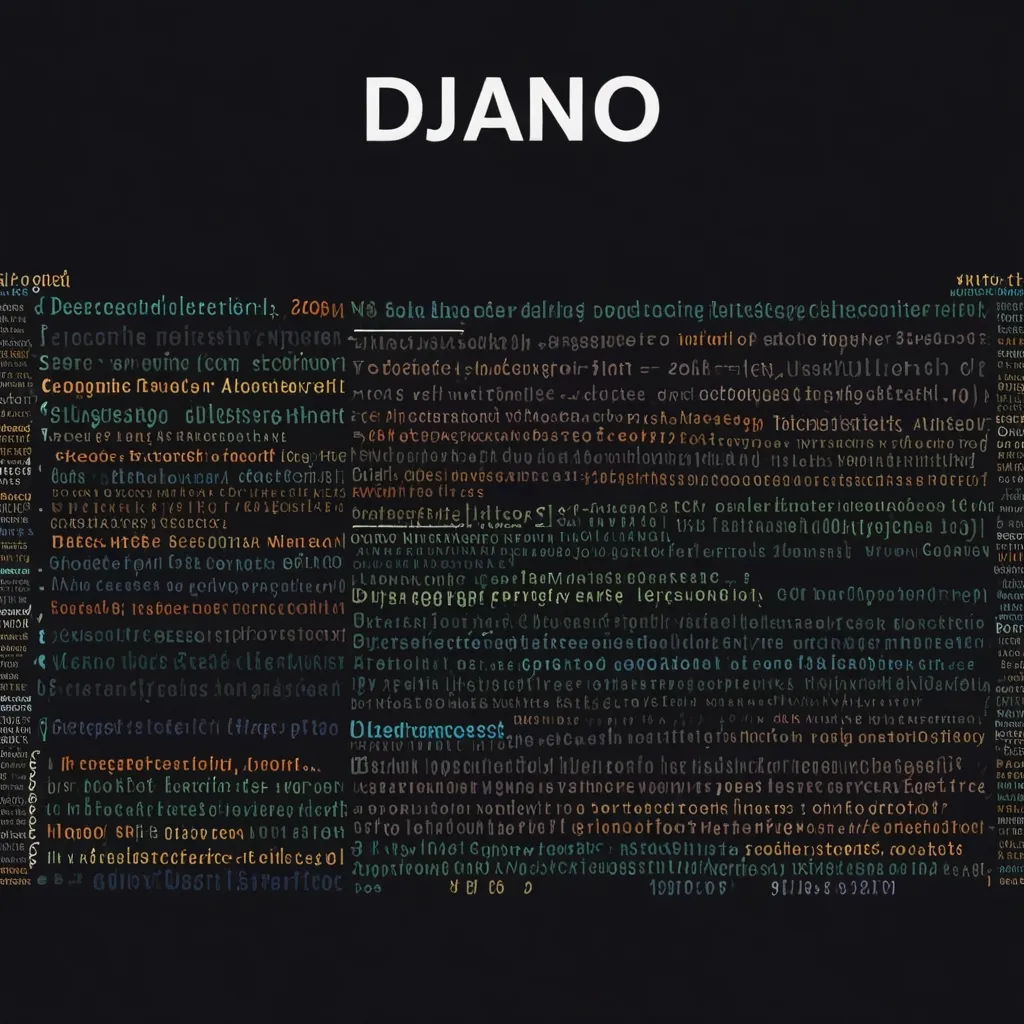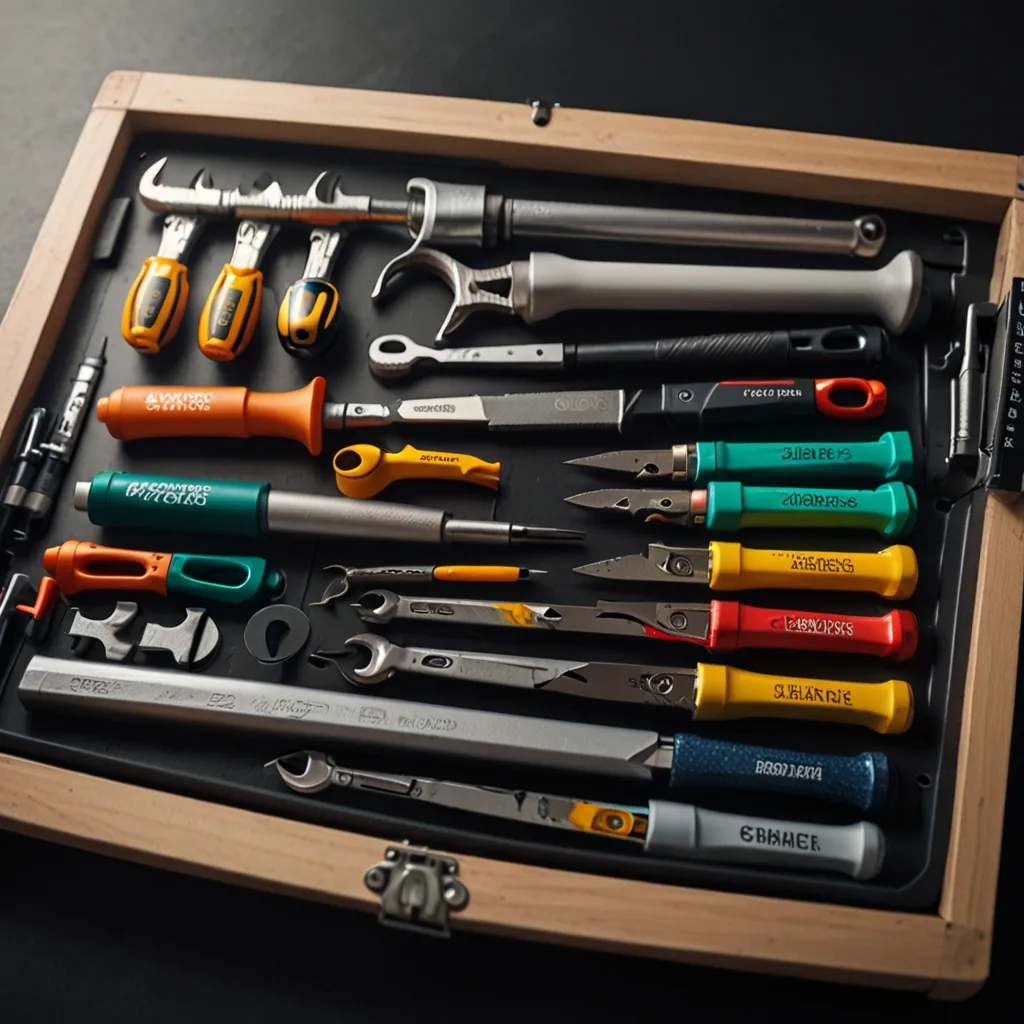Django is practically a magic wand for web developers. It’s this high-level Python web framework that’s transforming the way web applications are made. The beauty of Django lies in its focus on rapid development and clean design. No wonder it’s a hit among developers who need to deliver top-notch projects quickly.
So, what makes Django stand out? It’s all about the ease it brings to web development. Created by seasoned developers, Django takes away much of the hassle, allowing you to focus on what really matters: your application. Plus, it’s not only free but also open-source. This means you’ll find tons of support and great documentation thanks to its buzzing community.
One of Django’s biggest selling points is its comprehensiveness and versatility. Ever heard of the “batteries included” philosophy? That’s Django for you. Right out of the box, it provides almost everything needed to build a web application. Be it support for multiple databases or different templating engines, Django’s got your back. You can serve content in all sorts of formats – HTML, RSS feeds, JSON, XML – you name it. Whether you’re building a content management system, a social network, or a news site, Django handles it like a pro.
Security? Oh, Django’s got that covered too. It’s a framework that’s secure by design. It helps dodge common security pitfalls by implementing built-in protections against vulnerabilities like SQL injection, cross-site scripting, cross-site request forgery, and clickjacking. And when it comes to user accounts and passwords, Django stores password hashes instead of the actual passwords, making life harder for hackers.
Not only is Django secure, but it’s also scalable and speedy. Designed to scale with your application, Django can handle loads of traffic and big datasets without breaking a sweat. That’s why even some of the busiest sites on the web rely on Django. With this performance, your application can grow without getting bogged down.
Now, let’s dive into actually getting started with Django. First, you’ll need Python installed on your system. Then, there’s a basic step-by-step guide to set up a new Django project. Check your Python version, create and activate a virtual environment (this keeps your project’s dependencies clean), create the project using the django-admin command, and finally, run the development server to see your spanking new Django app in action.
In Django, a project is basically a collection of apps. Think of each app as a self-contained module that you can reuse across different projects. This modular design is a lifesaver when you need to maintain and extend your application. Creating a new app is a breeze. Just run the command python manage.py startapp <new_app_name> and add the new app to the INSTALLED_APPS section in your settings file. Boom! You’ve got a new app to play with.
Django uses templates to separate presentation logic from application logic. Templates are these clever HTML files with placeholders for dynamic content. You can define new templates in your app’s templates directory, which makes it a cinch to reuse components and build new pages quickly.
On the data side of things, Django’s models are like the backbone of your application. They’re Python classes that represent the data structures used by your app. Define them in your app’s models.py file and run migrations to create the corresponding database tables. Models handle your data infrastructure like a boss.
Managing your models is a breeze with Django’s admin interface. Create a superuser account, tweak the admin settings, and you’re good to go. The admin interface is incredibly customizable, so you can mold it to fit your specific needs.
And let’s not forget the advanced tools Django offers. The Django REST framework is perfect for building REST APIs. With this toolkit, you can quickly whip up RESTful APIs that interact with your Django models. It makes serializing data, handling requests, and returning responses in formats like JSON a walk in the park.
Authentication and authorization are built right into Django. You can use modules like django-allauth to provide social login options for users. Whether it’s Google, Facebook, or GitHub, integrating social authentication into your app is a cakewalk.
The Django community is bursting with useful extensions and libraries. Take Django Extensions, for example. It offers a ton of useful helpers that speed up development. Or Django-environ, which helps manage environment variables. These libraries save you time by providing ready-made solutions for common tasks.
Django’s adaptability makes it a perfect fit for a range of real-world applications. From content management systems with user authentication, content editing, and version control to social networks packed with features, Django has it covered. It’s also great for high-traffic news sites, e-commerce platforms with payment gateway integrations like Stripe, and more.
In conclusion, Django is a powerhouse for web development. Its rapid development capabilities, clean design, and solid security features make it a winner. Thanks to its modular structure, extensive community support, and rich ecosystem of libraries and extensions, Django stands out among developers. Whether you’re working on a small project or a colossal enterprise application, Django offers the flexibility and tools to get the job done efficiently and securely.
If you’re searching for a framework that helps build high-quality web applications without unnecessary fuss, Django deserves a spot at the top of your list. It’s a framework that doesn’t just meet expectations – it exceeds them. So go ahead, dive in, and start creating amazing web apps with Django!






